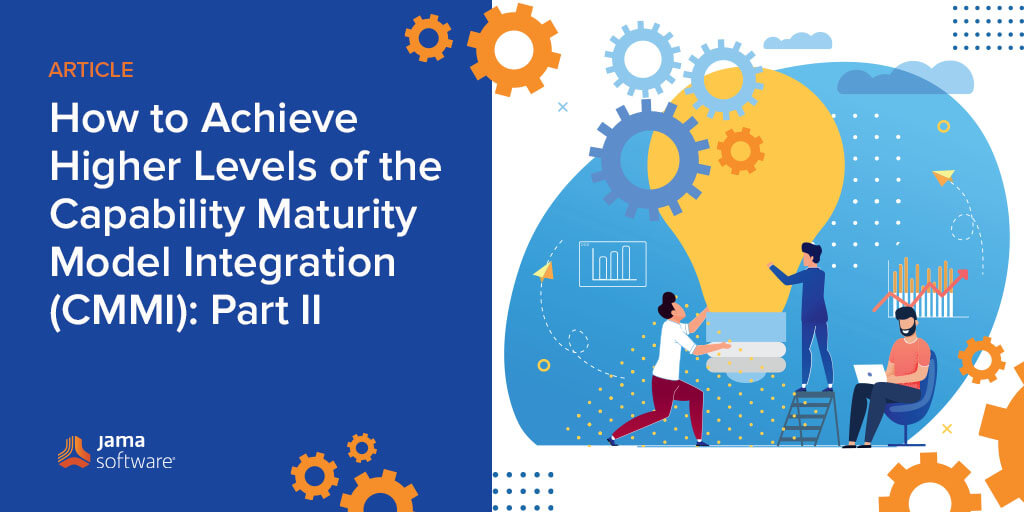
How to Achieve Higher Levels of the Capability Maturity Model Integration (CMMI): Part 2
Benefits of Live Traceability™
The main benefits of Live Traceability across best-of-breed tools are as follows:
- Reduce the risk of delays, cost overruns, rework, defects, and recalls with early detection of issues through exception management and save 40 to 110 times the cost of issues identified late in the process.
- Achieve CMMI Level 2 maturity for Requirements Management with no after-the-fact manual effort.
- Eliminate disruption to engineering teams that continue working in their chosen best-of-breed tools with no need to change tools, fields, values or processes.
- Increase productivity and satisfaction of engineers with the confidence that they are always working on the latest version, reflective of all changes and comments.
Another core goal of CMMI Level 2 is to involve stakeholders in the requirement review and approval process (see table below). Let’s examine how companies achieve this goal either through meetings or online reviews.
CMMI Level 2 (Managed) Requirements Management
There are two ways to implement this practice: meetings or online reviews. Most engineering organizations still address stakeholder approvals through large and lengthy meetings that involve all relevant engineering disciplines scrolling through the requirements document for feedback. This is a highly inefficient approach that negatively impacts engineering productivity, morale and fails to capture relevant comments, feedback, revisions, and approvals from stakeholders given the format. More mature engineering organizations have brought the review and approval process online to improve the quality and timeliness of feedback, capture all version and approval histories online, and improve engineer productivity and morale. Let’s examine how companies have brought reviews online with Jama Connect® Review Center.
Review Center allows teams to send product requirements for review, define what’s required, invite relevant stakeholders to participate, collaborate, and iterate on resolving issues and approving agreed-upon requirements. By simplifying the revision and approval process, Review Center streamlines reviews and facilitates collaboration, giving stakeholders easy access to provide feedback where required. Jama Connect enables both informal and formal online review processes to support this CMMI best practice.
RELATED: Extending Live Traceability™ to Product Lifecycle Management (PLM) with Jama Connect®
Formal Reviews
The formal review process enabled by Review Center is shown below:
Review Center enables teams to define a review, invite participants, gather and incorporate feedback from relevant project stakeholders, iterate, track a review’s overall progress, and monitor progress and capture approval signatures if required. Reviewers can respond to a conversation that’s taking place, as well as mark items as “Approved” or “Rejected” to complete the review. Inside Review Center, reviewers can also add electronic signatures to reviews in order to comply with regulatory standards. Jama Connect captures the date and time of completed reviews for auditing, tying each signature to the document under review.
Informal Reviews
Organizations that still want the quality review aspects of Jama Connect but are not bound by producing formal documents of requirements may take a more iterative approach. A “rolling” review is a review that changes the scope of which requirements are included in each revision. For example, each requirement has a “state” field – Draft, Ready for Review, or Approved. In the project side of Jama Connect, requirement owners will mark requirements they feel are “Ready for Review.” Moderators can also edit requirements directly in the review based on feedback from Approvers. Using a Jama Connect Advanced Filter, a review will be started by pulling in only requirements that are marked “Ready for Review.” Using this methodology, the review is much smaller in scope and can typically be completed faster. On a regular cadence, the moderator will review feedback, make changes to requirements as necessary, or potentially update the requirement status to “Approved” if the required stakeholders have approved the requirement. When publishing a new revision, Jama Connect will pull new requirements into the review and cycle out requirements that are “Approved” (these requirements no longer meet the filter criteria of state = “Ready for Review”). This allows teams to review requirements on a regular cadence — or sprint — and cycle requirements into the review when they are ready for feedback and out of the review when they are “Approved.” Almost any item of content you create in Jama Connect may be sent for a review, including requirements, design, test cases, test plans, and test cycle results.
RELATED: Tracing Your Way to Success: The Crucial Role of Traceability in Modern Product and Systems Development
“Review Center is facilitating communication. It has ensured a shared view of the world and agreement from all stakeholders. There are no surprises anymore. Jama Connect enables us to review documents and make decisions easily with everyone coming to a shared conclusion. If we compare it to reviewing the spreadsheets and Word documents versus doing a review in Jama Connect Review Center, it’s about an 80% reduction in time, for sure.” – Craig Grocott, Head of Systems Engineering
To achieve CMMI Level 2 requires defining a development process and adhering to it. Below is a core goal for CMMI Level 2 – evaluate adherence to requirements management process.
CMMI Level 2 (Managed) Requirements Management
Achieving this goal requires the ability to decompose requirements across engineering disciplines and maintain traceability up and downstream as the project progresses with significant changes and rework. Without an underlying system architecture and common data model, this goal becomes unattainable for most organizations. Attempts to manage through Word and Excel, become unwieldy and unable to meet the requirements for Live Traceability, leading to defects, delays, cost-overruns, and recalls. Below, you can see how easy it is to manage traceability and view up and downstream multiple levels in a trace view of requirements in Jama Connect. Jama Connect’s Traceability Model defines the data model across best-of-breed tools to capture actual behavior for traceability and management by exception.
To achieve CMMI Level 3 requires defining a development process and adhering to it. Below is a core goal for CMMI Level 3 – establishing a verification process and adhering to it.
CMMI Level 3 (Defined) Verification
Companies are achieving this goal through Jama Connect by establishing a Traceability Model that requires test verification for requirements and managing by exception through dashboard reporting to ensure verification happens across all requirements. Below is a sample verification dashboard to achieve this goal with customer-specific info redacted. Here you can see how the Verification Leader manages their function through exception management. Specific widgets on the dashboard track requirements without tests, failed tests, tests without requirements linked to verify, bugs without tests, and risks without upstream or downstream traceability. The Traceability Model established in Jama Connect defines the expected behavior against which all activity can be compared to generate exceptions that can be managed through the dashboard. Without this system architecture and data model, managing by exception becomes extremely manual and productivity killing, if not impossible.
CMMI Level 4 requires organizations to have developed predictive scores and benchmarks that enable management to identify product development risk early and remediate at much lower cost than if not identified until late in the development process or after product release into the market. The table below shows the definition of this core, Level 4 goal.
CMMI Level 4 (Quantitatively Managed) Process Performance
Leading companies are achieving this goal by applying Jama Software’s Traceability Score™ and benchmarking engineering projects internally and externally against peer companies. Jama Software is the first to measure traceability thanks to our clients’ participation in a benchmarking dataset of over 40,000 complex product development projects spanning aerospace, automotive, consumer electronics, industrial, medical device, semiconductor, space systems, and more. All of this is made possible by our core product, Jama Connect®, which enables the largest community of engineers using requirements management SaaS (Software as a Service) in the world.
To formally measure traceability, we have established the Traceability Score. The Traceability Score measures the level of actual process adherence to the expected traceability model and can be used to compare performance across projects, teams, divisions, and companies. This score can also determine impacts to schedule, budget, cycle times, risk, and quality.
RELATED: New Research Findings: The Impact of Live Traceability™ on the Digital Thread
Traceability Score definition
Traceability Score = # of established relationships among model elements as specified by the project’s traceability model.
The following diagram provides an illustration for the buildup of the calculation:
- At the individual requirement level, we can identify each expected relationship defined in a project’s traceability model (i.e., user needs defined by requirements, further refined by sub requirements, and test cases that should verify the requirement, etc.). We can then identify how many of these relationships have been established to get an individual requirement’s traceability.
- As we go one level higher and measure traceability within a particular element type (e.g., user needs, requirements, tests, etc.) we can sum up the number of expected and established relationships across the set of items, giving us traceability at the element type level.
- Finally, we can sum up the number of expected and established relationships across all element types, giving us the project’s total Traceability.
Correlations & Hypothesis Test Results
As a process management tool, the value of a Traceability Score is to quantify actual adherence to the specified approach. To determine best practices from the data, statistical tests were run to understand how differing levels of project adherence to Live Traceability can impact desired outcomes. As we have shown, the Traceability Score measures actual adherence to the defined traceability model. The systems engineering discipline, the V model, quality engineering, and more – all rely on the intuition that this approach will yield better results. Anecdotal evidence abounds to support this intuition, but the dataset has been lacking to conduct statistical tests to test this hypothesis. Using our dataset, we were able to determine that Traceability Scores exhibit statistically significant correlations to the following outcomes and rejected the null hypothesis that these correlations were purely random.
1. Faster time to market
The first three tests focus on how Traceability Scores impact cycle time. Do higher Traceability Scores lead to faster test case execution and defect identification? This is a fundamental value asserted by systems engineering and the V-Model – that earlier detection of defects leads to fewer delays and much lower cost to correct. We measured the following times below and noted performance improvements in top versus bottom performers of 2.1X to 5.3X. Higher Traceability scores were found to lead to faster test case execution and defect detection having passed both of our statistical tests.
- Median Time to Execute Test Cases (2.6X faster)
- Median Time from Test Start to Defect Detection (5.3X faster)
- Median Time to Identify the Set of Defects (2.1X faster)
2. Higher quality
The last three tests focus on how Traceability Scores impact quality. Do higher Traceability Scores lead to a higher quality product? This is a fundamental value asserted by systems engineering and the V-Model – that a commitment to test case creation and execution leads to a higher degree of requirement verification and product quality. We measured the following aspects of testing and verification below and noted performance improvements in top versus bottom performers of 1.9X to 2.9X. Higher Traceability scores, having passed both of our statistical tests, led to more tests being completed and a higher percentage of passed tests.
- Percent of Requirements with Verification Coverage (1.9X higher)
- Percent of Requirements Verified (2.1X higher)
- Initial Test Case Failure Rate (2.4X lower)
- Final Test Case Failure Rate (2.9X lower)
Conclusion
The CMMI defines its best practices in terms of goals, practices, and artifacts. The CMMI does not address the underlying systems and data architecture required to enable these practices, deliver these artifacts, and achieve these goals. The systems architecture reality for most engineering organizations is highly fragmented with the necessary data to manage the engineering product and process (user needs, system level requirements, approvals, component level requirements, model designs, component requirement decompositions, interface definitions, test cases, test results, risk analysis, validations, traceability analysis, etc.) spread across hundreds of siloed tools, spreadsheets, emails, and chat tools with high degrees of uncertainty that any information reflects the latest version continually updated with all interdependencies.
As we have shown, it is extremely challenging if not impossible to move up the CMMI maturity model without addressing the underlying systems architecture and data model. Carnegie Mellon has chosen to use our software to train their students and leading companies have deployed Jama Connect in the ways noted above to achieve their CMMI objectives.
For those interested in exploring this topic further, we encourage you to reach out and have a conversation with one of our experts
Sources:
https://www.cmmi.co.uk/cmmi/cmmi.html
https://resources.jamasoftware.com/whitepaper/requirements-traceability-benchmark
This has been part two of a two-part blog series overviewing our recent whitepaper, “How to Achieve Higher Levels of the Capability Maturity Model Integration (CMMI) with Live Traceability™” Click HERE to read the entire thing.
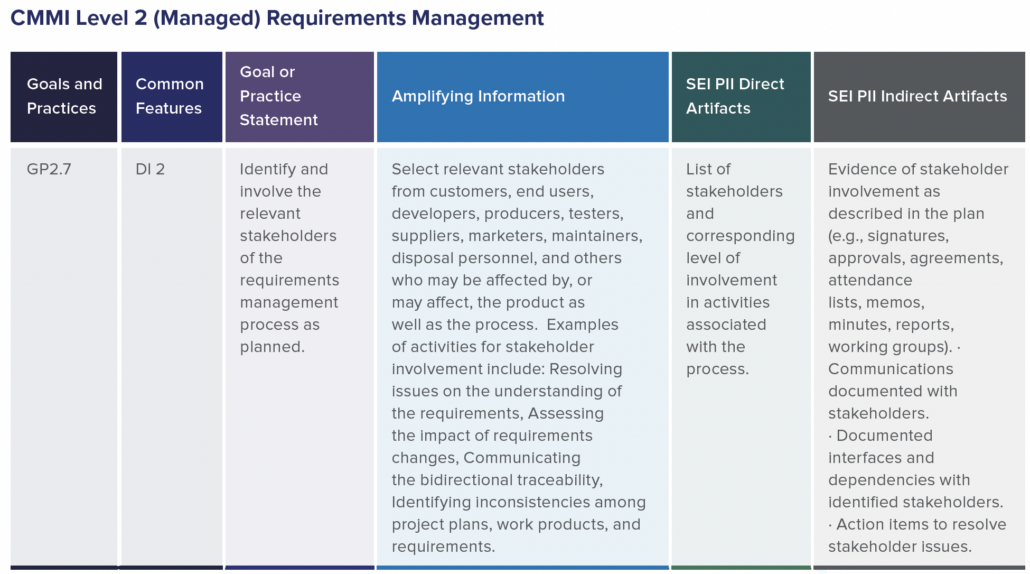
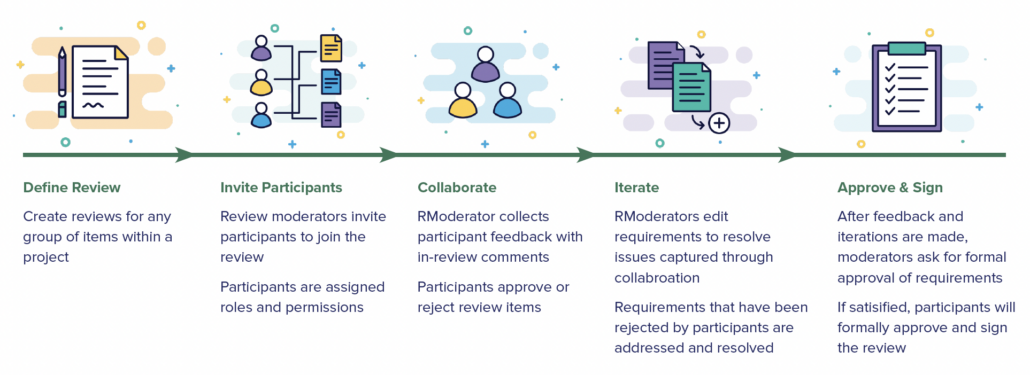
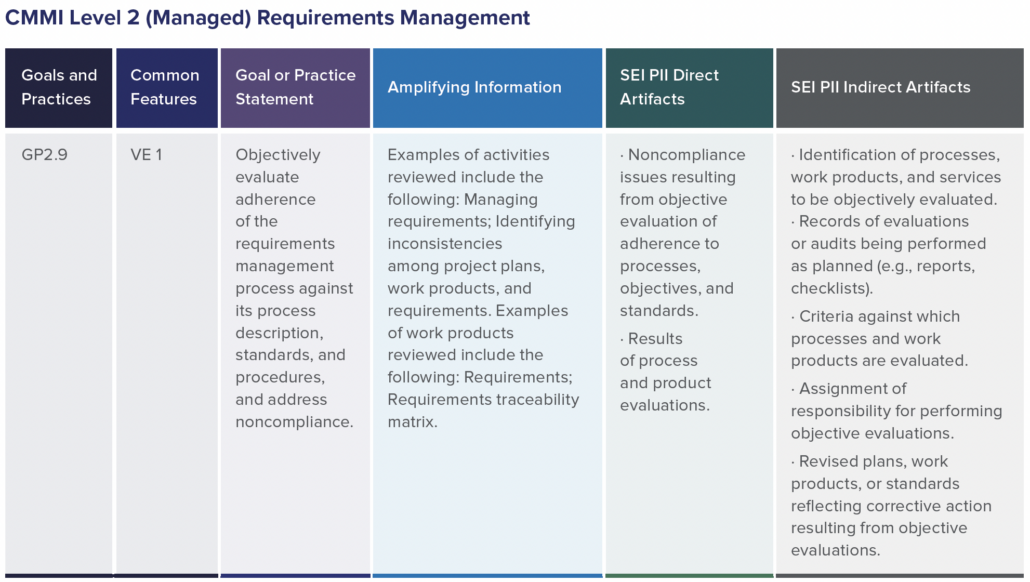
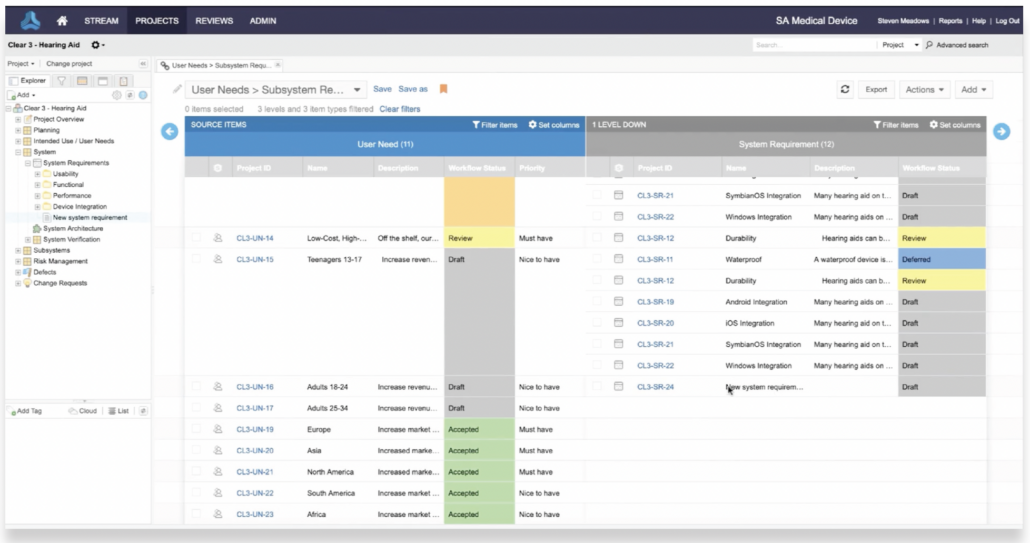
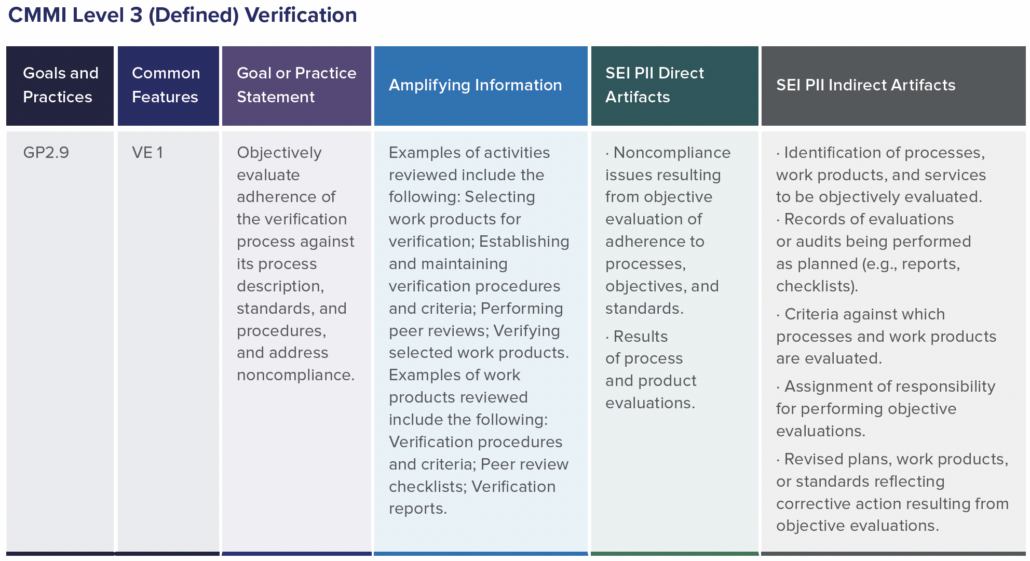
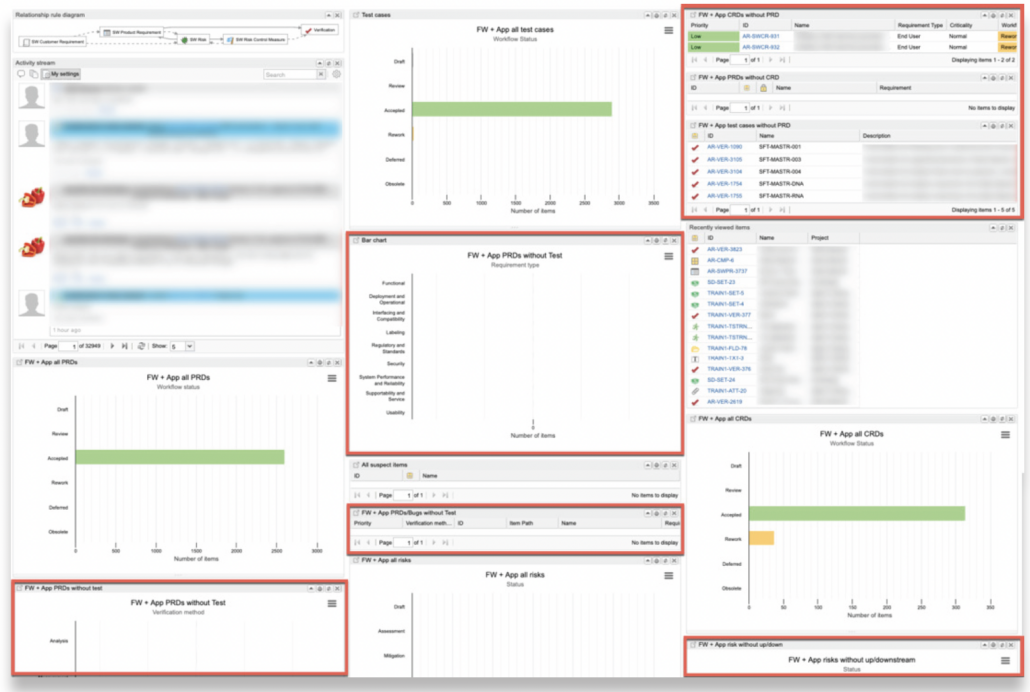
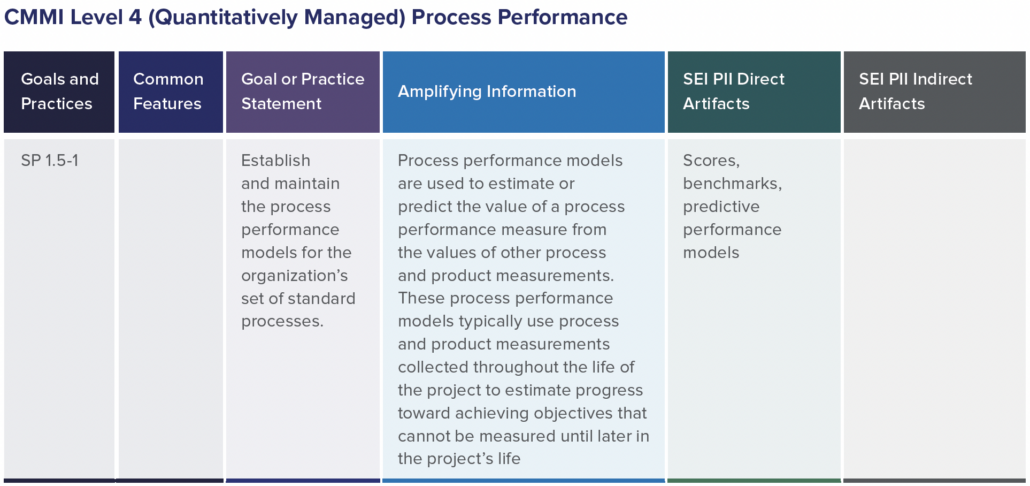
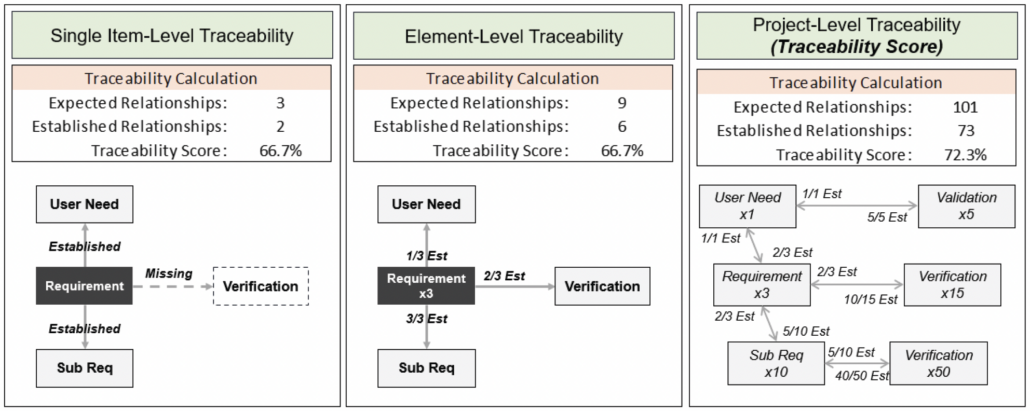
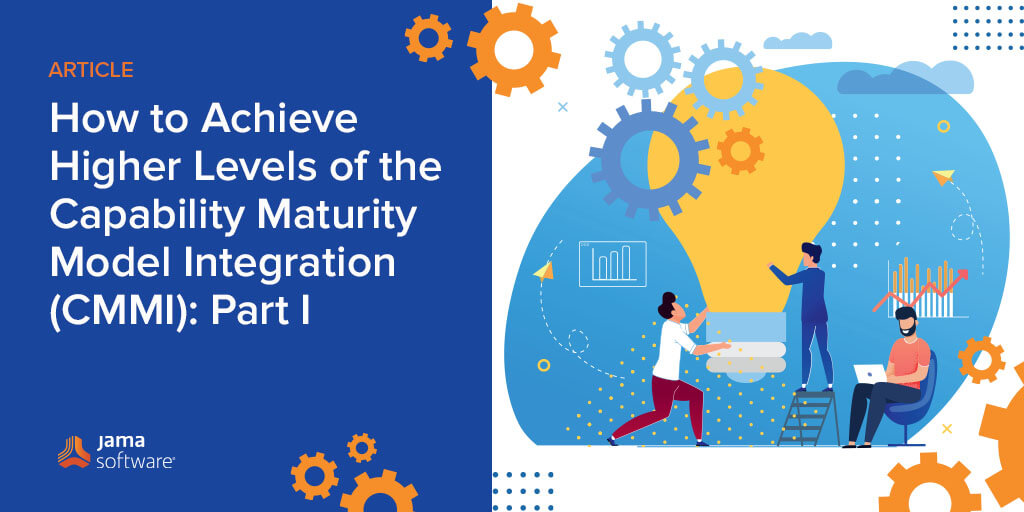 In part one of this two-part blog series, we provide an overview of our recent whitepaper, “How to Achieve Higher Levels of the Capability Maturity Model Integration (CMMI) with Live Traceability™” Click
In part one of this two-part blog series, we provide an overview of our recent whitepaper, “How to Achieve Higher Levels of the Capability Maturity Model Integration (CMMI) with Live Traceability™” Click 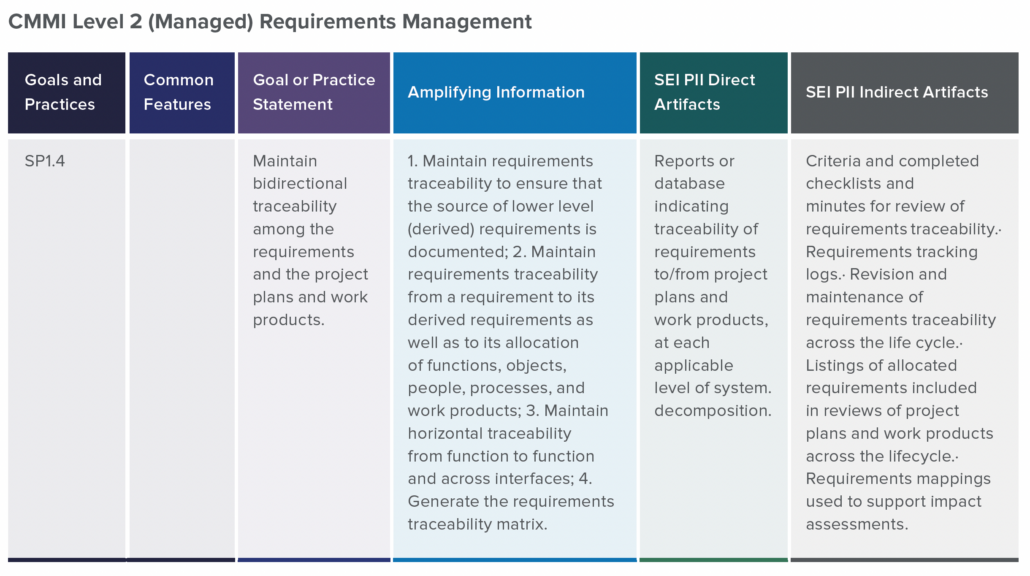

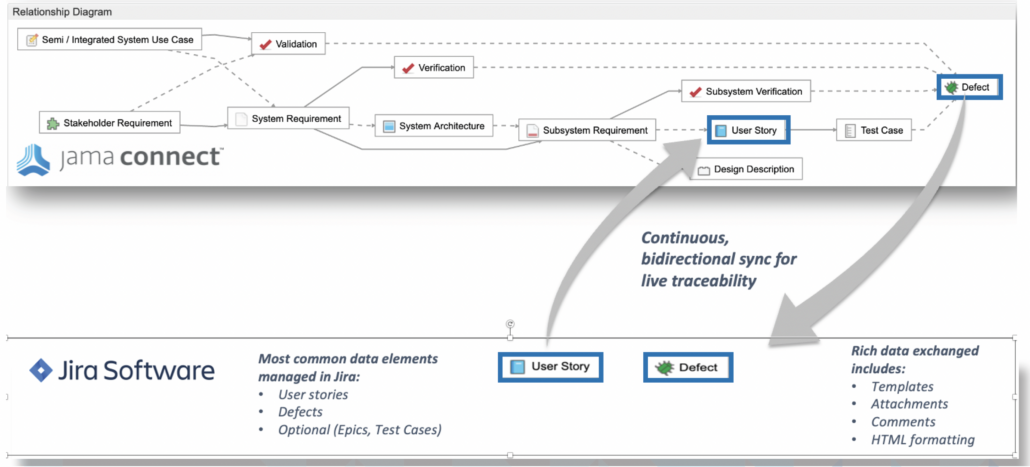
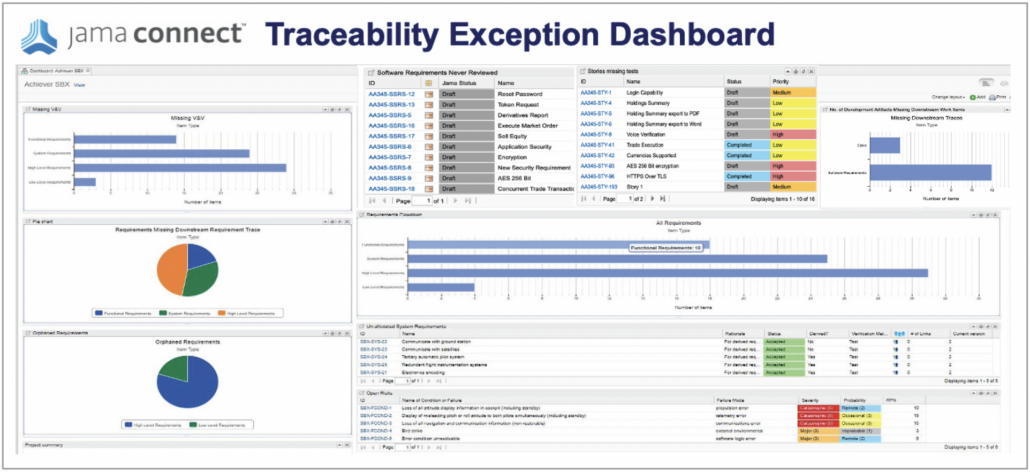
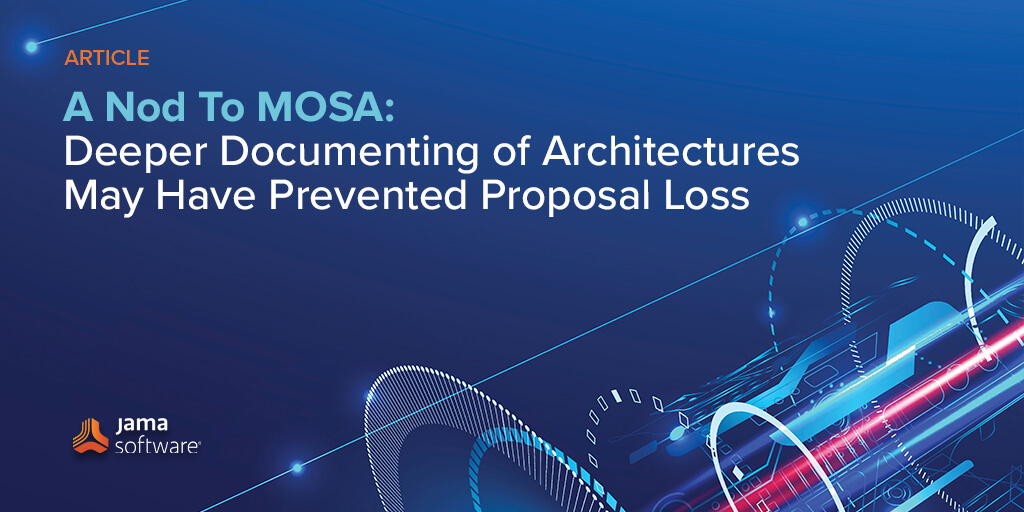
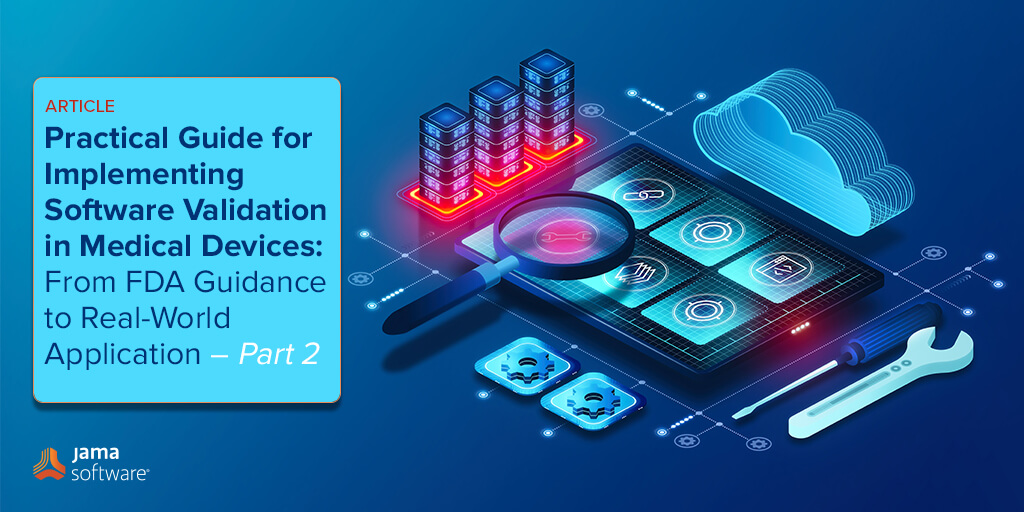

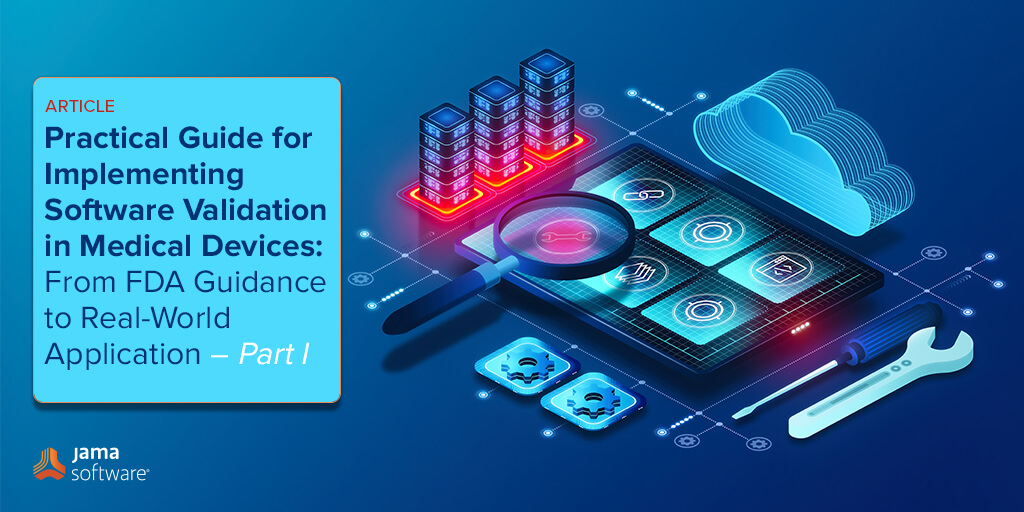
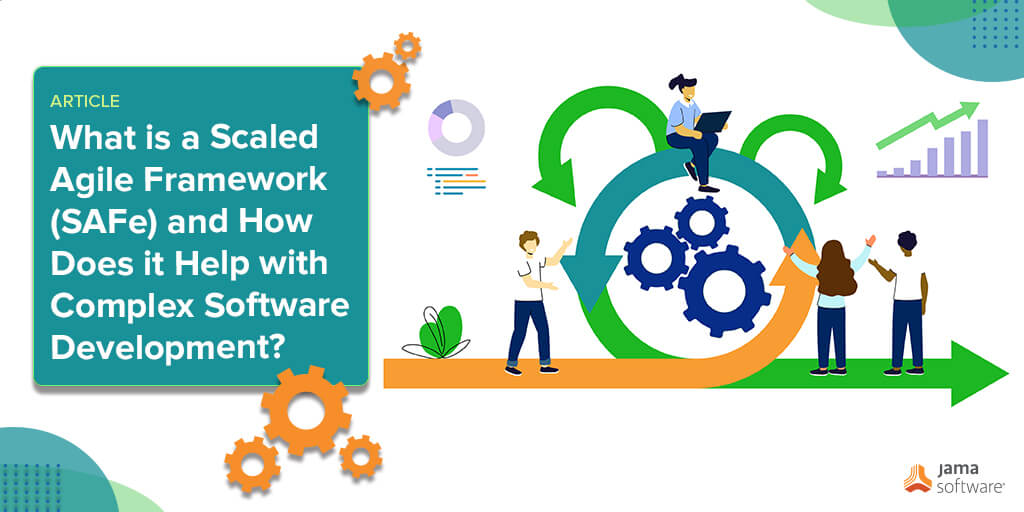
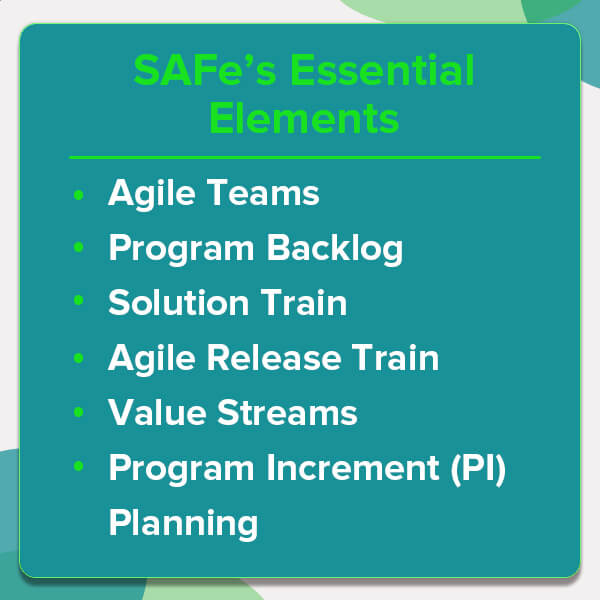
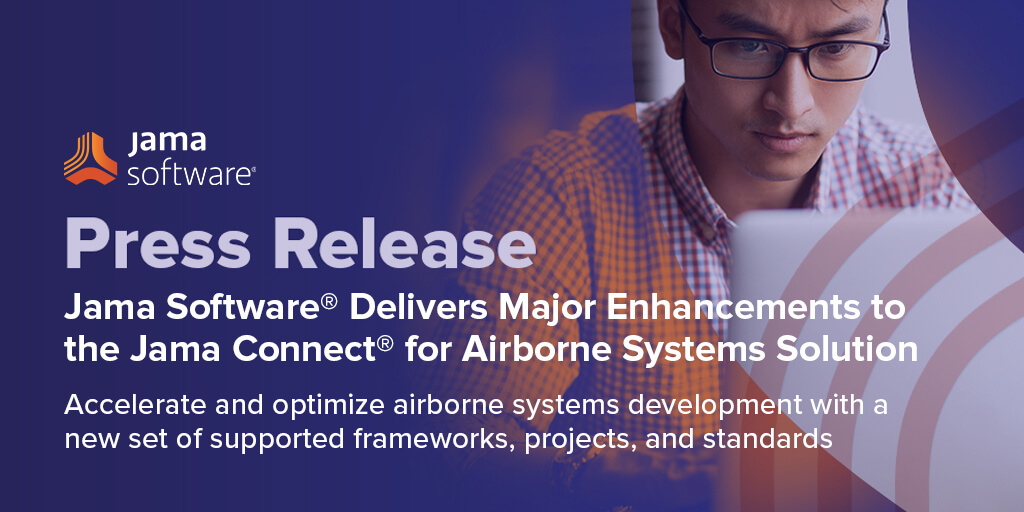
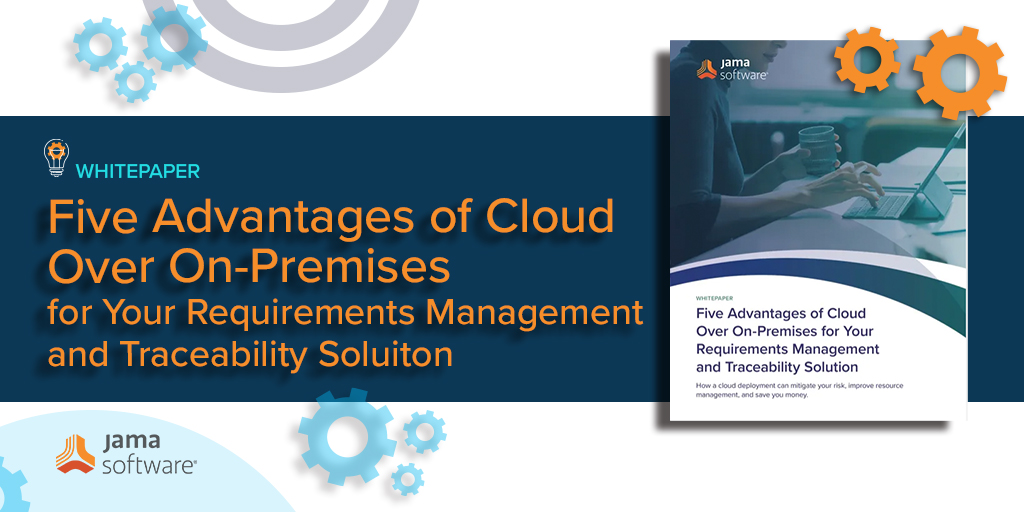

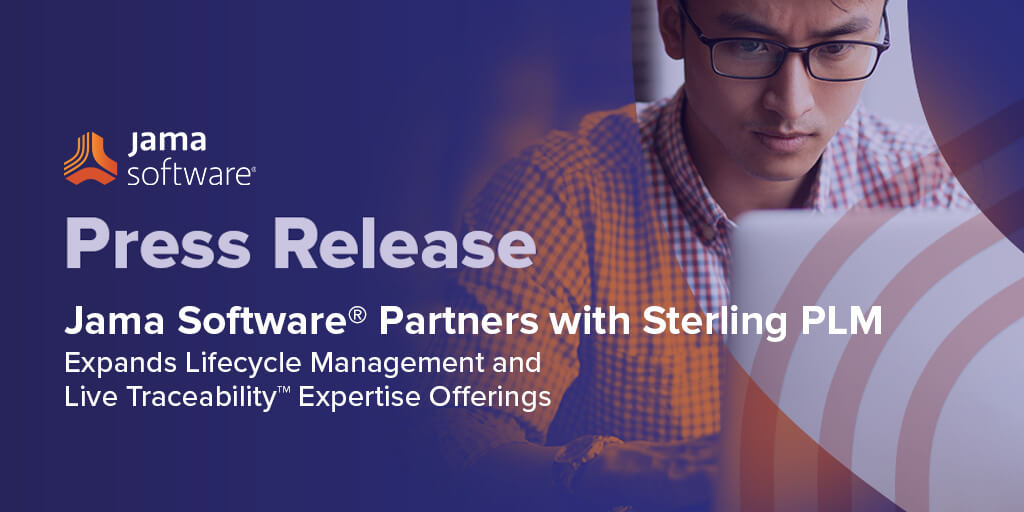 In this blog, we recap our press release on Jama Software® partnering with Sterling PLM.
In this blog, we recap our press release on Jama Software® partnering with Sterling PLM.